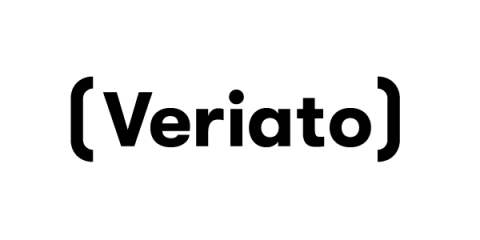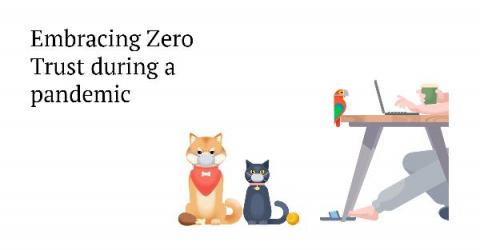Bringing UEBA & Zero Trust Together Making Remote Work Safer
2020 is likely to go down in history as the year of two pandemics, COVID-19 and cybercrime. Certain types of cybersecurity threats have massively intensified this year. For example, the malware NetWiredRC saw a 200% spike in detection rates in March 2020. COVID-19 has caused a sudden shift to remote working. More employees are now working from their homes than ever before. Remote work en masse exposes organizations to increased levels of threats.










